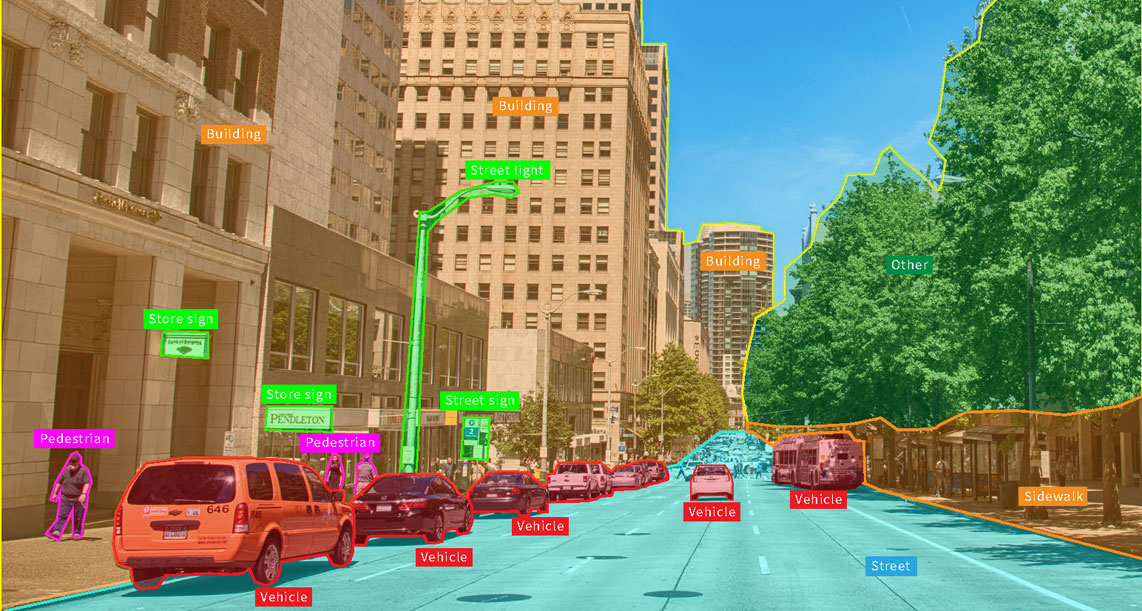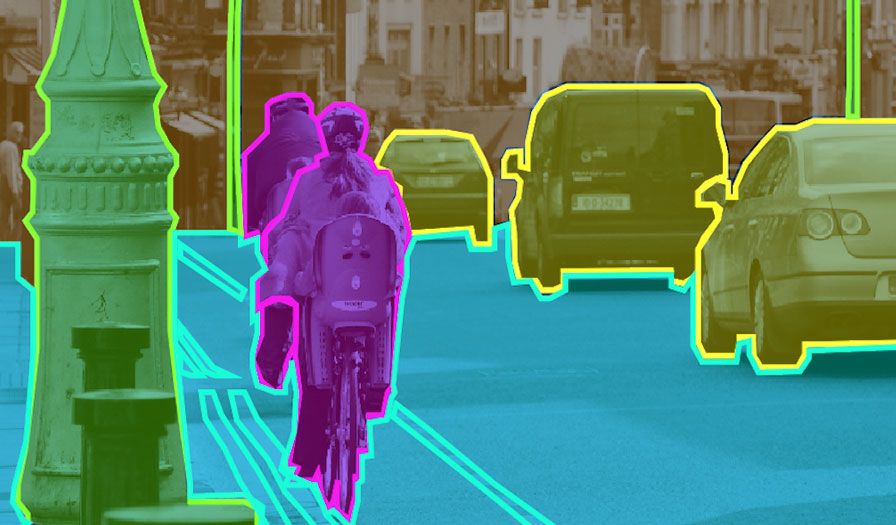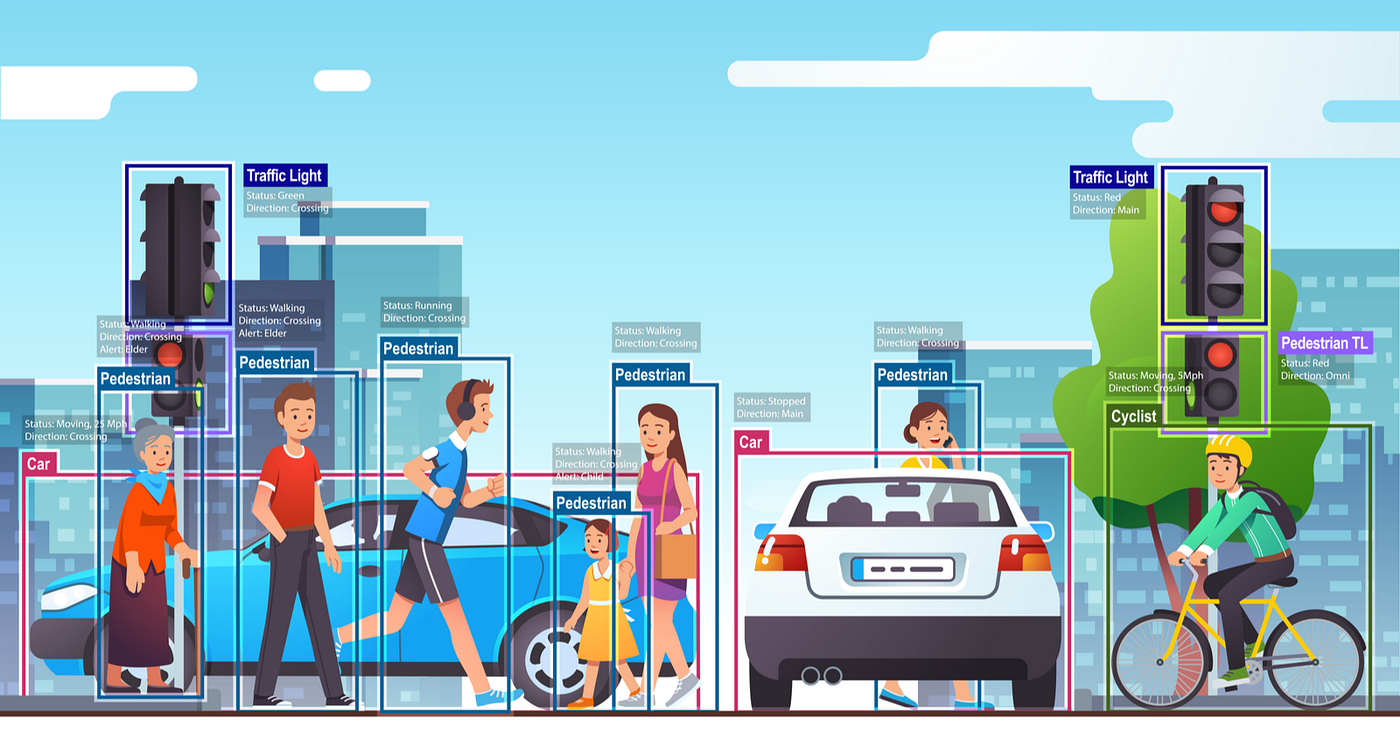The field of computer science has witnessed remarkable progress in recent years, particularly in the areas of image recognition and computer vision. Both image recognition and computer vision play pivotal roles in various domains, ranging from healthcare and transportation to security and entertainment. In this article, we will explore image recognition vs computer vision, their applications, and the future prospects of these exciting technologies.
Image Recognition Vs. Computer Vision: Key Differences

While image recognition and computer vision share similarities, they have fundamental differences that set them apart. Understanding these distinctions is crucial in comprehending their individual capabilities and potential applications.
1. Level of understanding and interpretation
- Image recognition algorithms primarily focus on identifying and categorizing objects based on predefined classes or labels. They operate at a more basic level, recognizing objects but lacking the ability to understand the context or interpret complex scenes.
- In contrast, computer vision algorithms aim to achieve a deeper understanding of visual content. They go beyond object recognition and incorporate spatial relationships, context, and scene understanding. Computer vision systems strive to comprehend the meaning and significance of visual information, enabling more advanced applications.
2. Scope and capabilities
- Image recognition, as a subset of computer vision, has a narrower scope and focuses on specific tasks such as object recognition and classification.
- Computer vision, on the other hand, encompasses a broader range of tasks, including object detection, tracking, and scene understanding. It aims to provide machines with a comprehensive understanding of visual data, enabling them to interpret and analyze images in a more human-like manner.
3. Complexity and computational requirements
- Due to its narrower focus, image recognition algorithms are often computationally efficient and can achieve high accuracy in identifying and classifying objects.
- Computer vision algorithms, given their broader scope and complex tasks, often require more computational resources and may involve more complex models. Achieving high accuracy in object recognition, scene understanding, and other computer vision tasks requires more extensive training and processing power.
Understanding Image Recognition
- Image recognition, as the name suggests, focuses on recognizing and categorizing objects or patterns within images. It involves using machine learning algorithms and computer vision techniques to analyze the visual content of images and identify specific objects, such as animals, vehicles, or even facial expressions.
- The process of image recognition starts with acquiring an image through a camera or by accessing an existing digital image. The image is then processed and analyzed using various algorithms that extract meaningful features and patterns. These features are compared to pre-existing knowledge or trained models to identify and classify the objects present in the image.
- The applications of image recognition are vast and diverse. It is employed in facial recognition systems for authentication and security purposes, in content-based image retrieval to search for visually similar images, and in industrial automation for quality control and defect detection.
Exploring Computer Vision
- Computer vision, on the other hand, encompasses a broader set of tasks beyond image recognition alone. It aims to enable machines to comprehend and interpret visual information in a manner similar to human vision. Computer vision algorithms not only recognize objects in images but also understand their spatial relationships, interpret scenes and extract meaningful insights.
- While image recognition focuses on the identification and classification of objects, computer vision algorithms strive to comprehend the complete visual context. This includes tasks like object tracking, where the system can follow the movement of a specific object within a sequence of images, and scene understanding, where the system can identify and comprehend complex scenes or activities.
- Computer vision finds applications in a wide range of fields. In autonomous vehicles, computer vision enables object detection and tracking, allowing the vehicle to perceive and navigate its surroundings. Surveillance systems assist in identifying suspicious activities or individuals. Additionally, computer vision is instrumental in medical imaging and diagnosis, aiding in the detection of diseases and abnormalities.
Challenges and Limitations of Image Recognition Vs Computer Vision
While image recognition vs computer vision has made significant progress, several challenges and limitations persist.
- Data quality and diversity: The accuracy and performance of image recognition and computer vision algorithms heavily rely on the quality and diversity of the training data. Biased or insufficient training data can lead to inaccurate results or biased predictions, highlighting the need for diverse and representative datasets.
- Robustness to variations: Image recognition and computer vision algorithms must be robust to variations in lighting conditions, viewpoints, scale, and other environmental factors. Ensuring that these algorithms can perform reliably in real-world scenarios and handle variations is a continuous challenge.
- Ethical considerations and biases: The deployment of image recognition and computer vision systems raises ethical concerns regarding privacy, surveillance, and potential biases. Ensuring the ethical use of these technologies and addressing biases and discrimination is crucial for their responsible adoption.
The Future of Image Recognition and Computer Vision

The field of image recognition and computer vision continues to evolve rapidly, driven by advancements in deep learning, artificial intelligence, and computational power. Several developments hold promise for the future of these technologies:
- Advancements in deep learning and artificial intelligence: Deep learning models, particularly convolutional neural networks (CNNs), have significantly advanced image recognition and computer vision capabilities. Ongoing research in this area is expected to further improve accuracy, efficiency, and interpretability.
- Integration with other technologies: Image recognition and computer vision are increasingly being integrated with other technologies such as natural language processing, robotics, and sensor systems. These synergies enable more sophisticated applications and facilitate the development of smarter and more interactive systems.
- Potential impact on various industries: The integration of image recognition and computer vision has the potential to revolutionize industries such as healthcare, transportation, manufacturing, and entertainment.
Conclusion
In conclusion, image recognition vs computer vision is a transformative technology that holds immense potential for various industries. The ability to accurately recognize and interpret visual data opens up opportunities for enhanced decision-making, automation, and innovation. If you’re interested in harnessing the power of image recognition and computer vision for your business, we encourage you to request a demo from Aim Technologies.
FAQs
1. What is the main difference between image recognition and computer vision?
- Image recognition focuses on identifying and classifying objects within images, while computer vision encompasses a broader range of tasks, including object recognition, scene understanding, and more.
3. What are the challenges in image recognition and computer vision?
- Challenges in these fields include ensuring data quality and diversity, robustness to variations in real-world scenarios, and addressing ethical considerations and potential biases.
4. How are image recognition and computer vision evolving?
- Advancements in deep learning and artificial intelligence, integration with other technologies, and their potential impact on various industries are driving the evolution of image recognition and computer vision.




